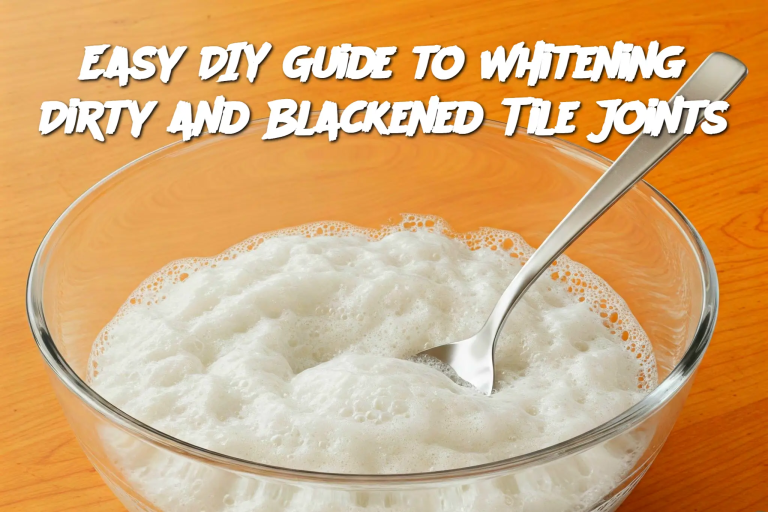ADVERTISEMENT
For a citrus-scented solution: Add a few drops of lemon essential oil to the mixture. Not only will this add a pleasant scent, but lemon also has natural cleaning properties.
For extra antibacterial benefits: Use tea tree oil or eucalyptus oil in place of the essential oils, as both are known for their antimicrobial properties.
For a stronger solution: If your tile joints are extremely grimy, mix 1/2 cup of white vinegar into the paste to enhance its stain-fighting power.
Frequently Asked Questions:
How often should I clean my tile joints?
It's best to clean tile joints every 1-3 months, depending on how much traffic the area gets and how dirty the joints become.
Can I use this cleaning method on all tile types?
Yes, this solution is safe for most types of tile, including ceramic, porcelain, and stone. However, it’s always a good idea to test a small, inconspicuous area first if you're concerned.
What if the blackening won't come off?
If the blackening persists despite cleaning, it may be caused by mold or mildew growth deep within the joints. In this case, you may need to use a commercial mildew remover or consult a professional for advice on treating mold-infested grout.
Can I use this mixture for my bathroom or kitchen?
Yes! This DIY detergent works well in both the kitchen and bathroom. It’s effective against common tile grime like soap scum, grease, and mold.
By using this easy and eco-friendly solution, you can restore the cleanliness and brightness of your tile joints without the need for harsh chemicals or expensive cleaners.
ADVERTISEMENT
